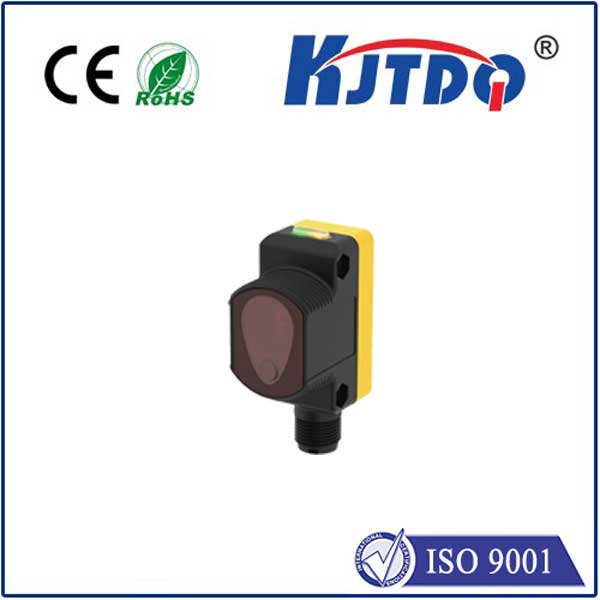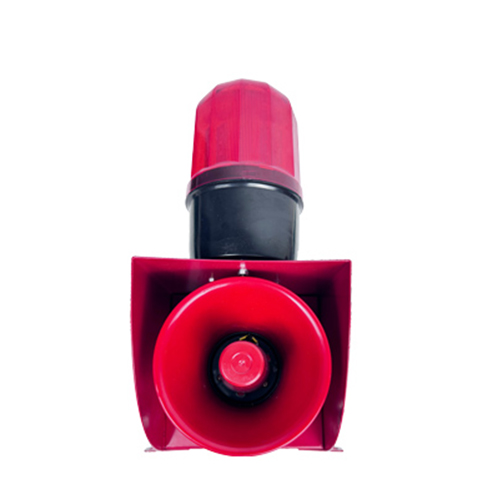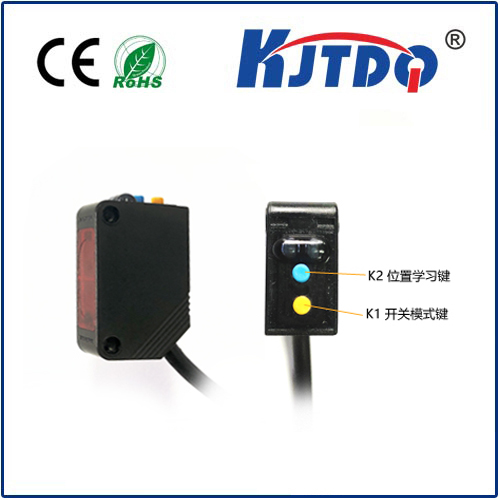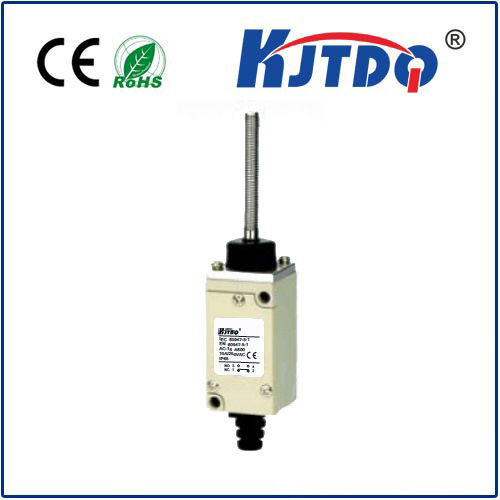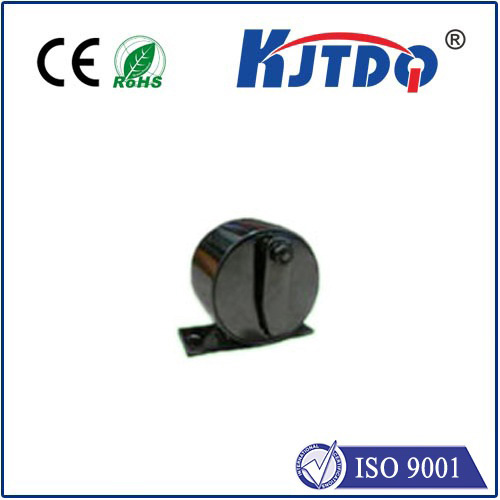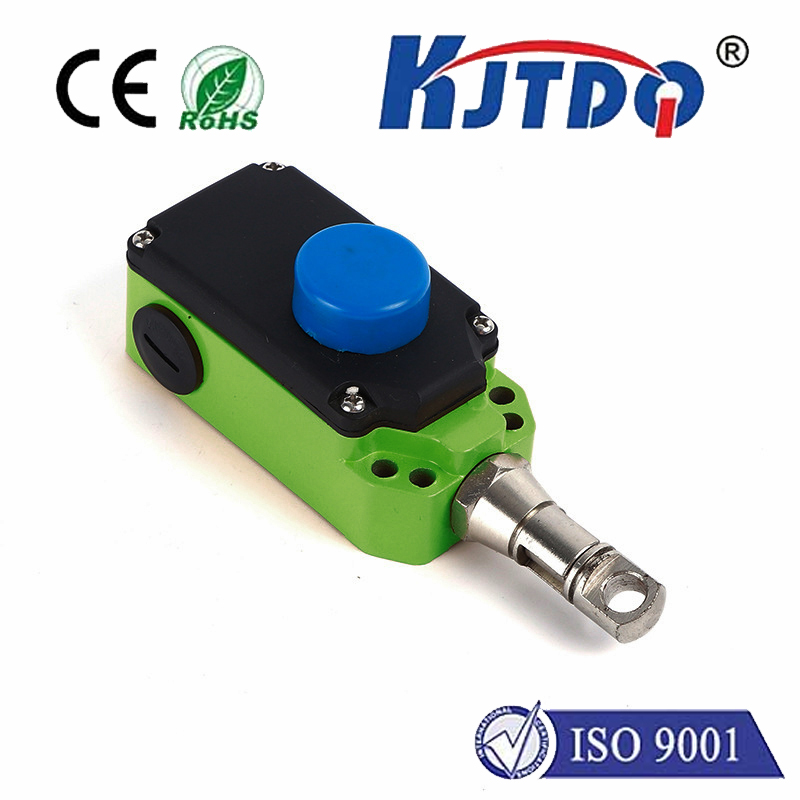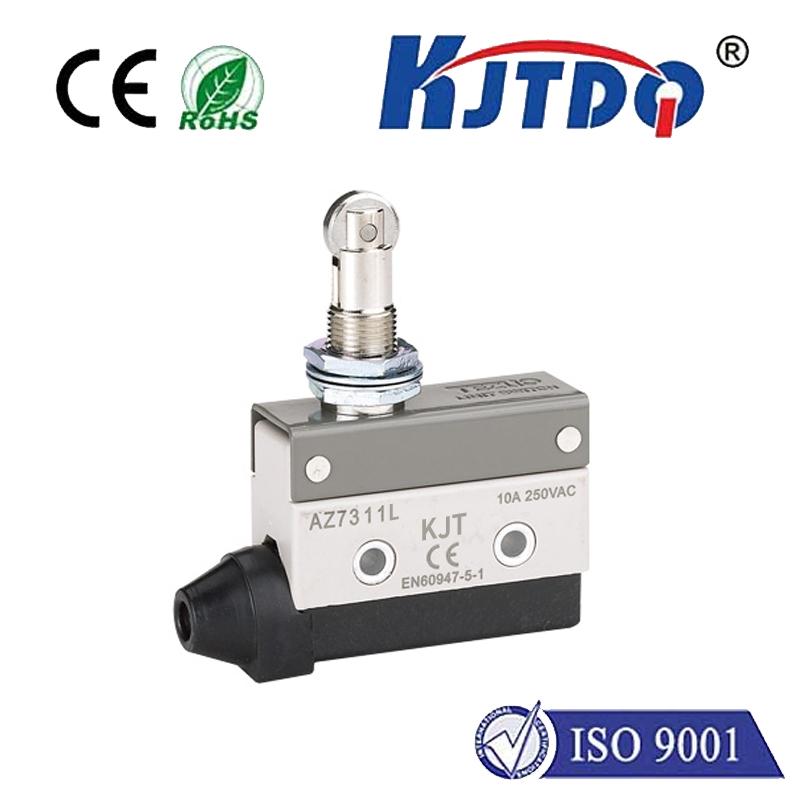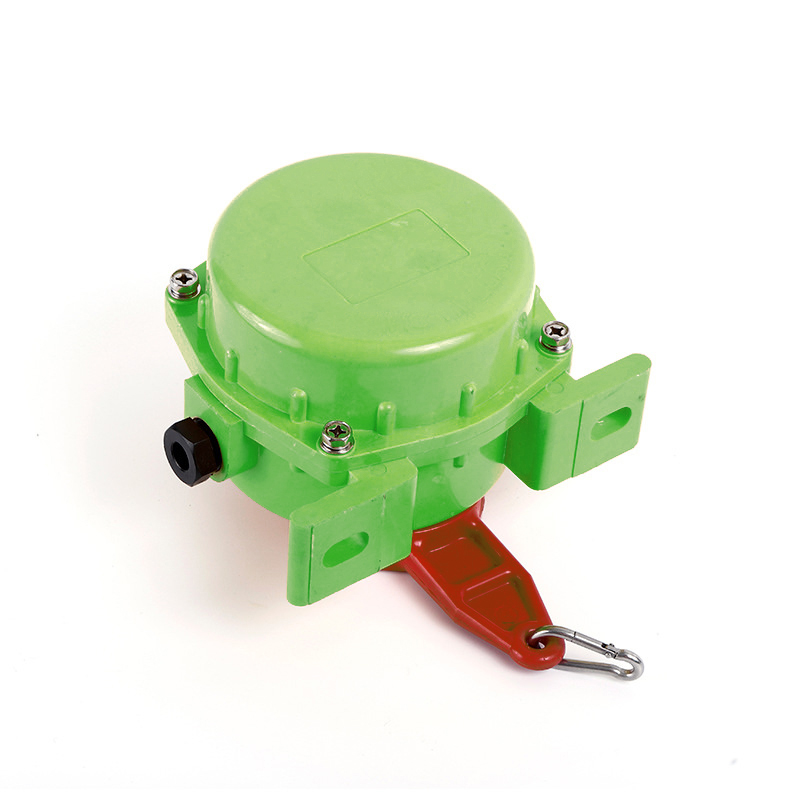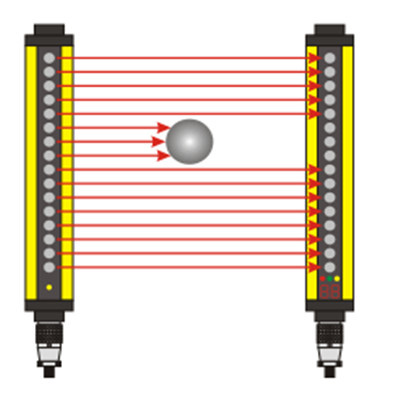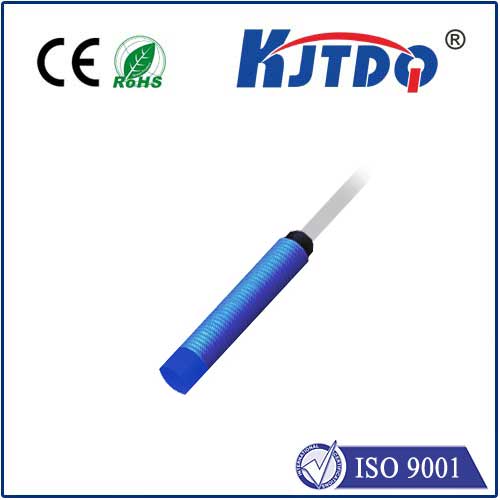

check

check

check

check

check

check

check

check

check

check
In today's rapidly evolving technological landscape, high-speed proximity sensors are playing an increasingly pivotal role in shaping the future. These cutting-edge devices have revolutionized several industries, from manufacturing and automotive to healthcare and aerospace. By enabling faster and more accurate data collection, high-speed proximity sensors have enhanced efficiency, productivity, and safety in a wide range of applications. From automated assembly lines to self-driving cars, these sensors are transforming the way we interact with technology. In this article, we will explore the impact of high-speed proximity sensors on various industries and their potential to drive innovation in the years ahead.
Title 2: The Science Behind High-Speed Proximity Sensors: How They Work and Their Applications
The development of high-speed proximity sensors is based on advanced principles of physics and engineering. These sensors use electromagnetic fields to detect and measure distances between objects, without any physical contact. By analyzing the changes in the field strength due to the presence or absence of an object, these sensors can determine the distance between them with incredible accuracy. This capability makes high-speed proximity sensors particularly useful in applications where it is essential to maintain precise distance measurements, such as in industrial automation, medical diagnosis, and robotics. In this section, we delve into the science behind high-speed proximity sensors and their unique features that enable them to operate at such high speeds.
